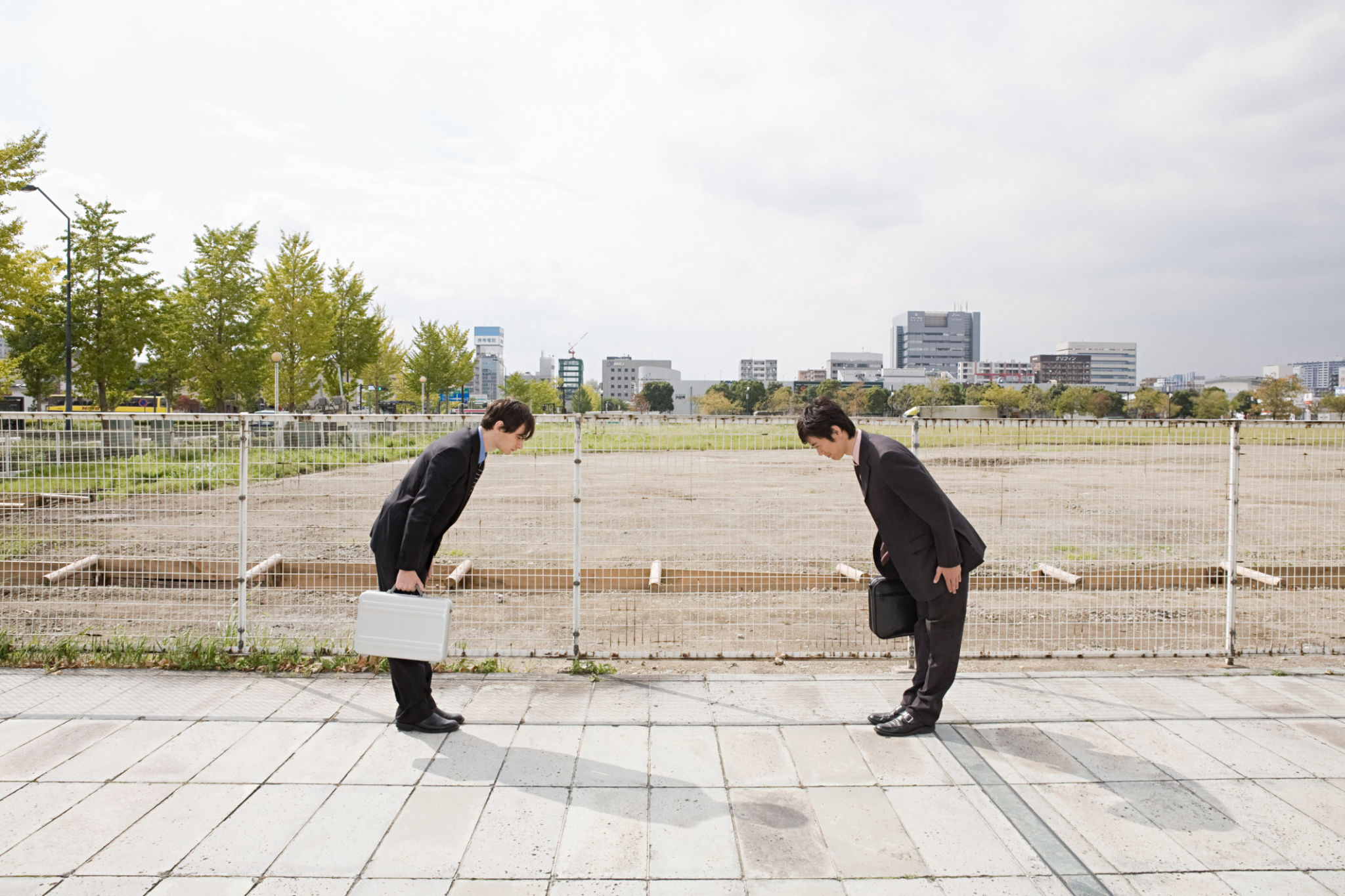Introduction
In recent years, workplace restoration has become a significant focus for many businesses looking to improve employee well-being and productivity. One notable example of successful workplace restoration is the project undertaken in Middlesex County. This case study explores the strategies implemented and the positive outcomes achieved.
The Middlesex County initiative serves as a blueprint for other businesses aiming to create a more conducive work environment. The project's success was rooted in a comprehensive approach that addressed both physical and psychological aspects of the workplace.

Understanding the Need for Restoration
The need for workplace restoration arose from recognizing the detrimental impact outdated environments had on employee morale and productivity. Middlesex County's offices were characterized by cramped spaces, poor lighting, and outdated equipment—all of which contributed to an uninspiring work atmosphere.
Management realized that to retain top talent and enhance performance, it was essential to revamp the workspace. This understanding led to a strategic plan focused on modernizing the physical environment while fostering a culture of innovation and collaboration.
Key Challenges Faced
Despite the clear objectives, the restoration project faced several challenges. Budget constraints were a primary concern, necessitating careful allocation of resources. Additionally, minimizing disruptions to daily operations during renovations was critical to maintaining business continuity.

Strategies Implemented
To overcome these challenges, Middlesex County adopted a phased approach to renovation. This strategy allowed for gradual improvements without halting business activities. Key elements of the restoration included:
- Redesigning Office Layouts: Open-plan designs were introduced to promote collaboration while incorporating quiet zones for focused work.
- Enhancing Natural Lighting: Large windows and skylights were installed to increase natural light, boosting mood and energy levels.
- Upgrading Technology: Outdated equipment was replaced with state-of-the-art technology, improving efficiency and employee satisfaction.
These changes not only improved the aesthetic appeal of the workspace but also significantly enhanced functionality and employee interaction.
Fostering a Positive Work Culture
Beyond physical changes, fostering a positive workplace culture was crucial. Initiatives such as flexible working hours, wellness programs, and team-building activities were introduced to support employee well-being.

Middlesex County also emphasized the importance of open communication, encouraging employees to share their ideas and feedback. This inclusive approach helped build a sense of community and ownership among staff.
Outcomes and Benefits
The results of the workplace restoration were overwhelmingly positive. Employee satisfaction surveys indicated a marked improvement in morale and engagement. Productivity levels increased, with many employees citing the new office environment as a key factor in enhancing their performance.
Furthermore, the company experienced a reduction in staff turnover rates, highlighting the effectiveness of their investment in workplace restoration. The creation of a dynamic and supportive work environment attracted new talent, further strengthening the organization's competitive edge.
Conclusion
The successful workplace restoration in Middlesex County demonstrates the profound impact that a thoughtfully designed workspace can have on employee well-being and business success. By addressing both physical and cultural aspects of the work environment, businesses can create a thriving community that fosters innovation and productivity.
This case study serves as an inspiration for other organizations seeking to enhance their workplaces, showing that with strategic planning and commitment, significant transformations are possible.